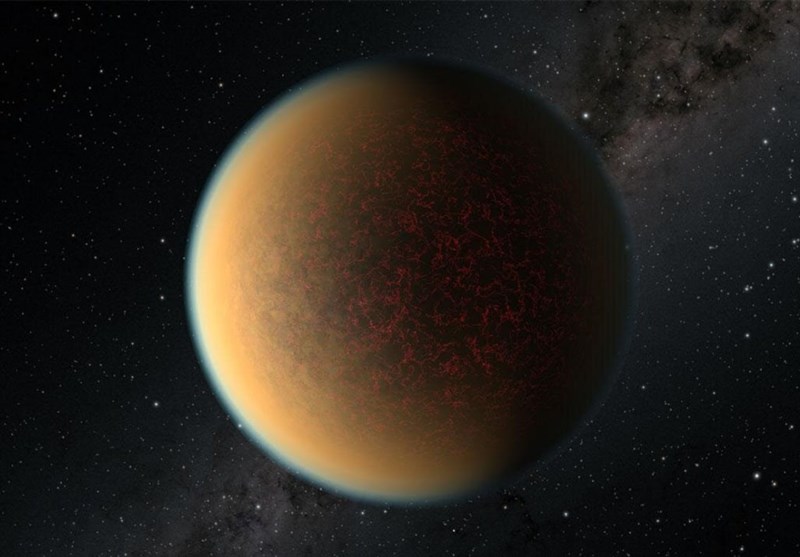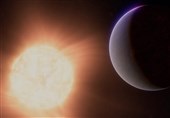New Method Unveils Simpler Approach to Detecting Atmospheres on Distant Exoplanets
TEHRAN (Tasnim) – Astronomers at the University of Chicago have developed a more efficient technique to identify atmospheres on rocky exoplanets, a key factor in determining their potential habitability.
The search for habitable planets beyond Earth has long been a key goal of astronomical research. One essential criterion is whether these planets have an atmosphere, a critical factor in regulating surface temperatures and sustaining life.
While many Earth-like, rocky exoplanets have been discovered, confirming the presence of atmospheres on these distant worlds remains a challenge. A study led by University of Chicago Ph.D. student Qiao Xue, working with Professor Jacob Bean’s group, has introduced a new, simpler method to determine if exoplanets possess atmospheres.
The research, published in The Astrophysical Journal Letters, reveals that this approach could be more efficient than previous techniques.
“When we analyze a large enough data set, such as the one we’ll get this year with the James Webb Space Telescope, we hope to uncover trends that will help us better understand atmosphere formation and what makes a planet habitable,” said Xue.
Atmospheres play a crucial role in maintaining life-sustaining conditions by redistributing heat. However, directly observing Earth-like exoplanets is difficult due to their proximity to their stars. Scientists rely on indirect clues, such as fluctuations in light as these planets orbit their host stars.
The method, first proposed in 2019 by a collaboration that included Bean and Megan Mansfield, involves comparing the temperature difference between an exoplanet’s hottest side and its calculated theoretical maximum temperature. If the planet’s actual temperature is lower than its theoretical maximum, it suggests the presence of an atmosphere that helps disperse heat.
The challenge has been in measuring these temperatures with sufficient precision. The James Webb Space Telescope’s ability to observe infrared energy has changed that, enabling scientists to record the temperatures of distant planets by measuring the intensity of energy they emit.
By subtracting the light from a planet when it is obscured by its star from the combined brightness of both, researchers can determine the planet's own temperature. Using this method, Xue concluded that the exoplanet GJ1132 b lacks an atmosphere, as its temperature closely matches its theoretical maximum, indicating no heat regulation.
“It is therefore not a suitable candidate for life,” Xue stated.
While this technique is not the only method for detecting atmospheres, it is both simpler and more reliable, according to Xue. It avoids some pitfalls of other approaches, such as interference from stellar activity or the presence of clouds, which can lead to false readings.
“This alternative method, which looks at light passing through a planet's atmosphere, is more prone to errors due to stellar activity,” Bean explained.
Understanding how atmospheres form will allow scientists to better assess which exoplanets are most likely to support life, and rule out those that are uninhabitable.
“This study was exciting because I finally got to work with rocky planets, which are the dream subject of every exoplanet scientist since they hold so much potential for life,” Xue added. “I can’t wait to see what comes next.”






